9 different types of bed sheets and their pros and cons
Written by
20 April 2023
•
9 min read
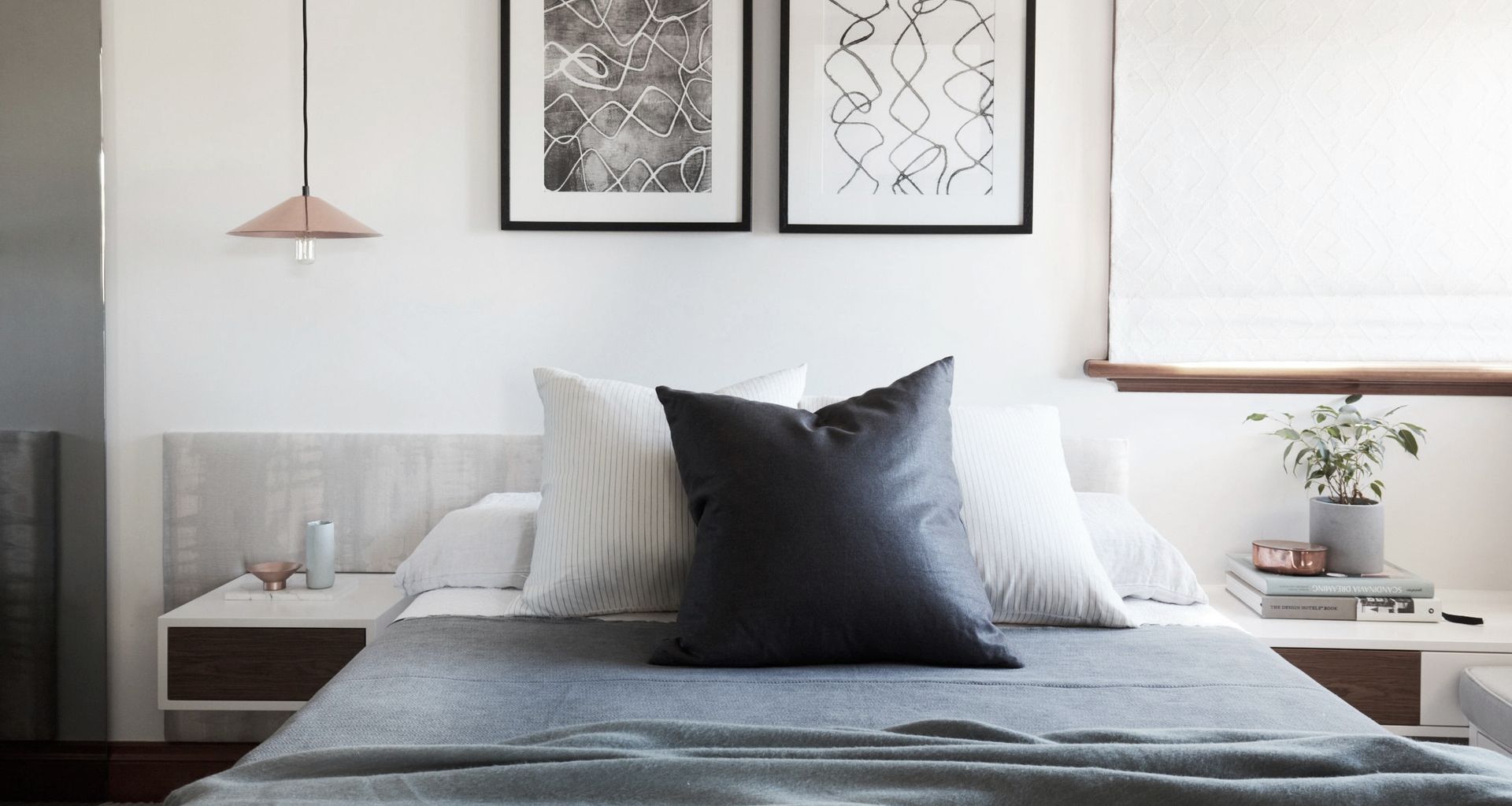
Bed sheets have come a long way in recent years and there are now more choices than there have ever been. Advancements in manufacturing processes and the creation of new material types have led to some very innovative products offering different characteristics and qualities. By exploring the different types of sheets on the market including their advantages and disadvantages, you’ll be able to better choose the right one for your needs, whether you’re looking for something soft and cosy or something lightweight and breathable.
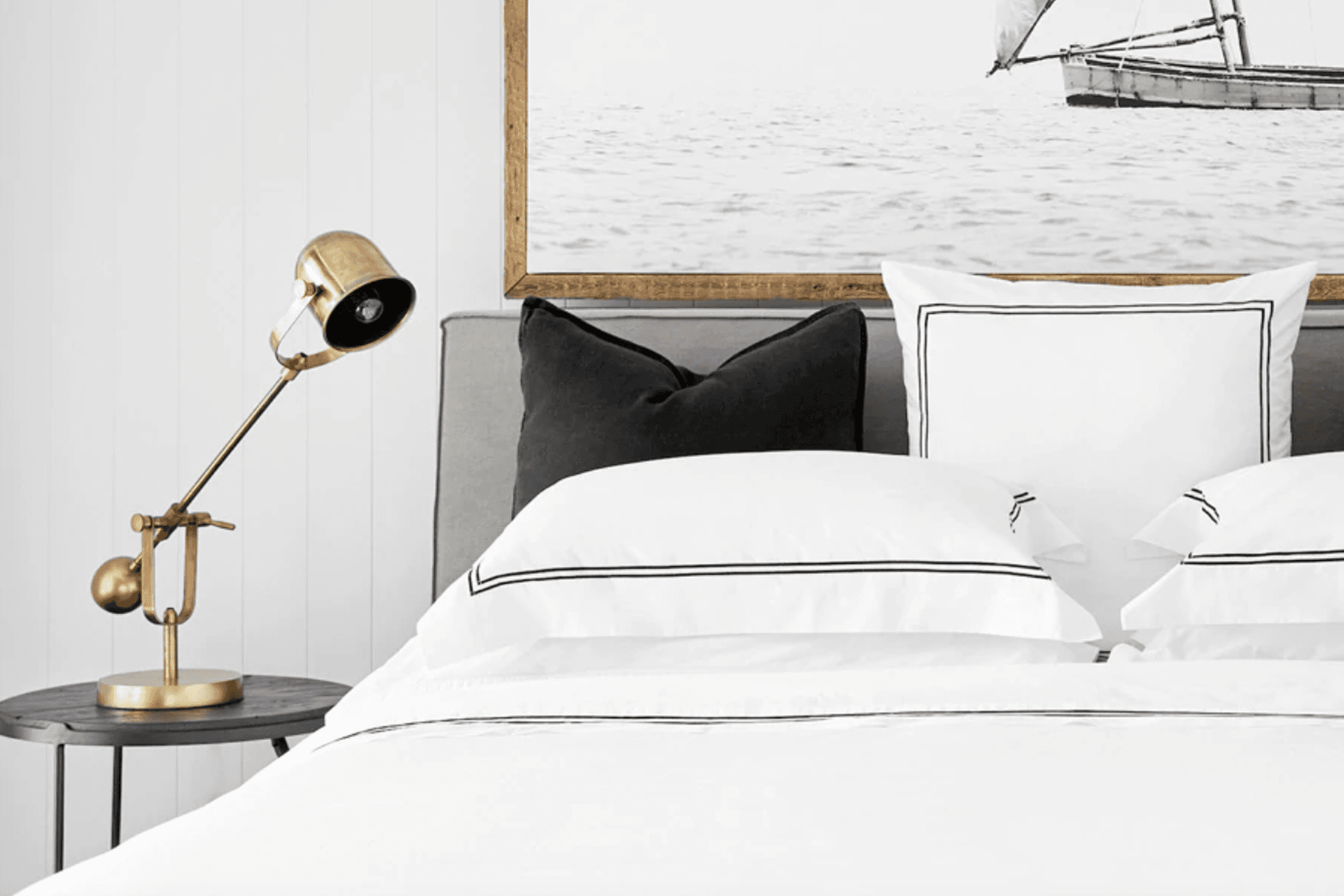
1. Bamboo sheets
Bamboo is an eco-conscious choice for bed sheets as it is an abundant and prolific grower and not an exploited resource. Bamboo sheets are made by turning bamboo cellulose into yarn. Once the plant becomes yarn, the fibres are weaved into a material known as bamboo rayon, aka viscose.
Bamboo sheets are known for their durability and softness, making them a great long-term choice for comfort and use. They are also hypoallergenic and resistant to bacteria and odours making them an excellent option for allergy sufferers. They also regulate body heat well making them viable all year round.
Bamboo sheets make a very strong case for most individuals, however, they can be a little more expensive than some other options and harder to find. Bamboo fitted sheets are sometimes used as a mattress protector underneath a bed sheet of complementary material.
Pros:
- Very soft to touch
- Hypoallergenic and resistant to bacteria
- Durable and long-lasting
- Breathable for year-round use
Cons:
- It can be more expensive
- Harder to find
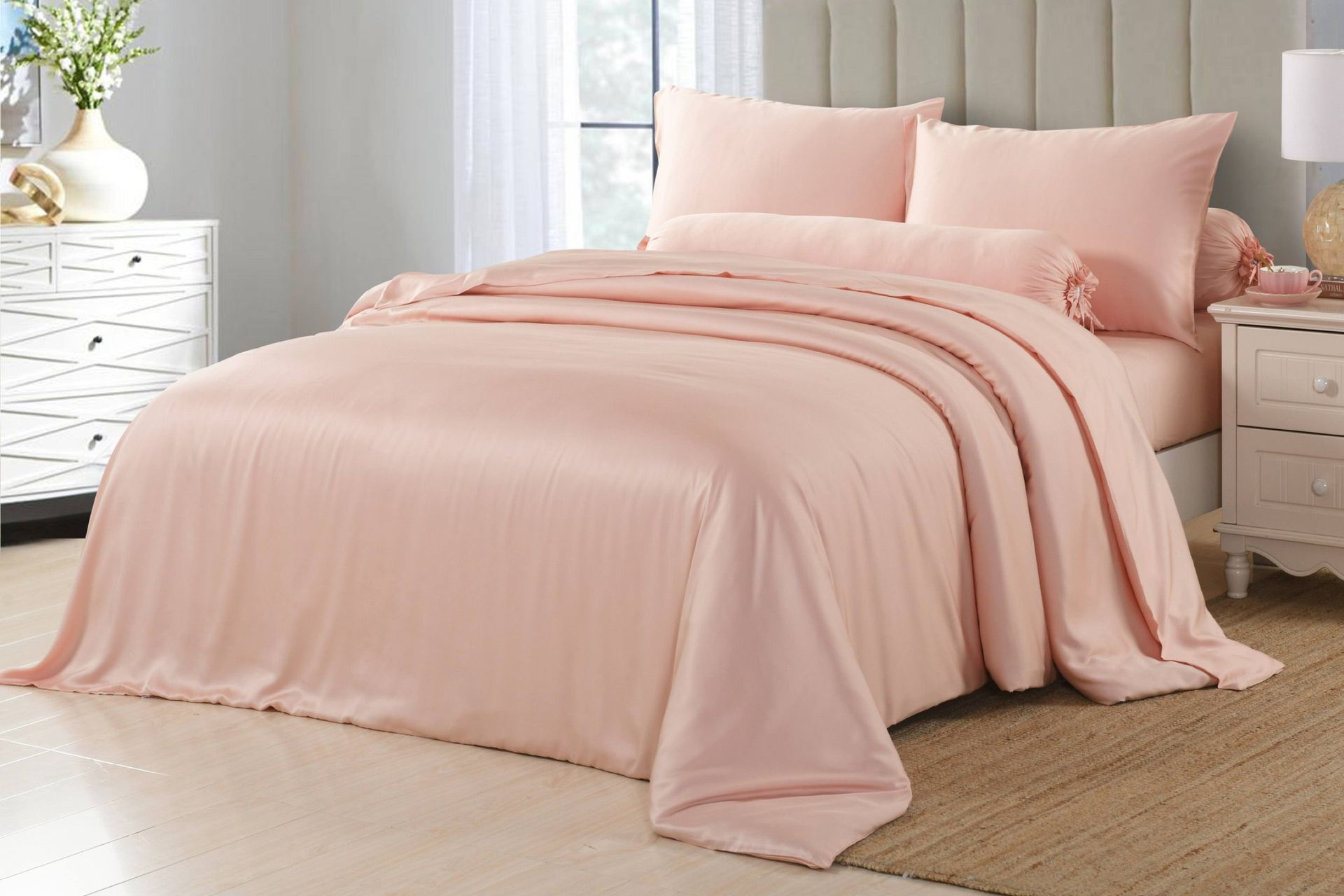
2. Cotton sheets
Cotton is one of the most popular types of bed sheets, found in homes everywhere. Cotton’s success is down to the fact that it offers a superior feel at a relatively affordable cost. Its price, however, is somewhat dependent on the type of cotton chosen, thread count and staple length.
A higher thread count generally means the fabric will feel more silky and smooth with the number typically falling between 200 - 800. A longer staple length (which is the length of fibres used) is a good indicator of quality and can range from 0.75 - 2 inches (sometimes categorised as short, medium and long). A higher number for both these traits will generally mean a higher price for the product.
In terms of types, you’re most likely to come across Upland cotton, Pima cotton, Egyptian cotton and organic cotton. Upland is the most common and affordable while Egyptian is very high quality, resistant to piling and incredibly durable. Pima cotton is incredibly soft but not as fine as Egyptian but is usually lower in price. Organic cotton is made without the use of chemicals making it a great eco-friendly choice.
In terms of disadvantages, cotton sheets are susceptible to wrinkles which may bother some and can take longer to dry after washing, especially those with a higher thread count.
Pros:
- Readily available as flat sheets and fitted sheets
- A variety of cotton sheets available with different characteristics
- A range of different price points with respect to thread count, staple length and type
Cons:
- Prone to wrinkling
- Long drying time with higher thread counts
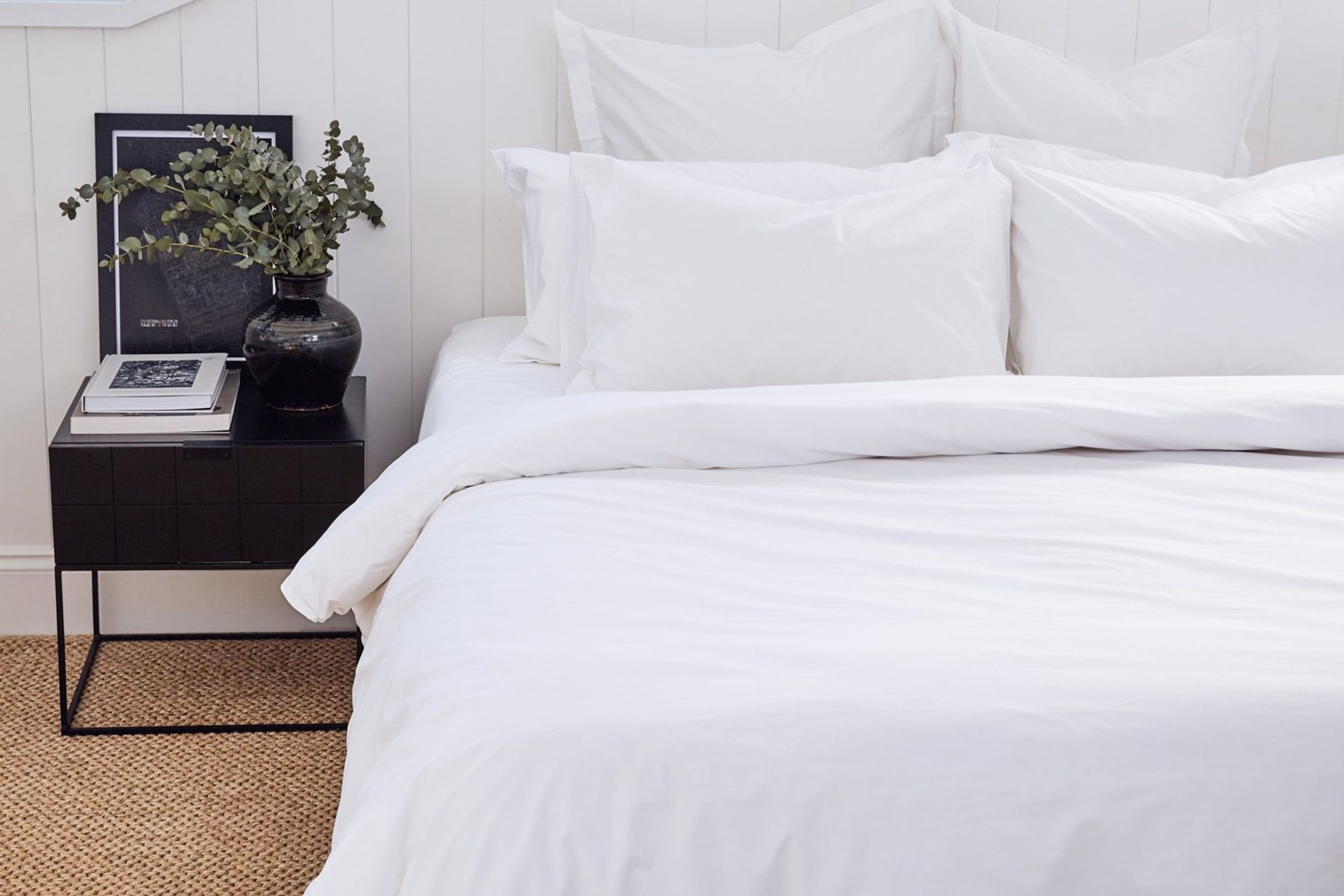
3. Flannel sheets
Flannel sheets are ideal for cold sleepers who enjoy a warm surface to sleep on. The weave of the yarn for flannel sheets creates its distinctive soft, fuzzy texture. They can be made of different fabrics, but are usually primarily cotton.
The main difference between them and cotton sheets is in the way the cotton is processed and finished. It is shredded and the individual yarns are shaved. This releases the fibres and creates that soft, thick fuzziness of flannel sheets that have won so many fans over the years.
Flannel is soft, but also tends to be thick, which is why it is good for cold weather climates. When buying flannel sheets, it’s best to try and avoid low-quality options as they can pill over time, becoming rough to touch. They also might not work for warm sleepers as flannel retains heat and can become hot during the night.
Pros:
- Relatively inexpensive
- Soft and cosy
- Great for the winter and for warm sleepers
Cons:
- Low-quality options can become rough over time
- Warm sleepers may find them too hot during the night

4. Linen sheets
Linen is a material made from the flax plant and is a tough and somewhat rough, crunchy bed sheet material that is preferred for both practical and aesthetic reasons.
One of the biggest advantages of linen sheets is that they are highly breathable, helping you to regulate your body temperature at night for a comfortable sleep. They are also strong and durable, able to withstand many wash cycles for years making them a great long-term choice. They also become softer over time and their textural appearance gives off cottage vibes that many enjoy.
In terms of disadvantages, linen is prone to wrinkling and the rough texture just doesn’t suit some despite its softening over time. High-quality options can be pricey compared to other choices too.
Pros:
- Breathable and lightweight which suits sweaty sleepers
- Sustainable material with a lower carbon footprint
- Strong and durable, lasting years when cared for correctly
- Hypoallergenic for allergy sufferers
Cons:
- Wrinkles easily
- Rough texture (but does soften with time)
Related article: A guide to bedsheets - thread counts, sizes and more

5. Microfibre sheets
Microfibre is a type of polyester that is woven in a delicate way giving it a soft and comfortable feel. It is a highly practical choice as it is very soft, easy to care for, resistant to wrinkles and budget-friendly. It is also very lightweight making it ideal for the summer months or for hot sleepers who like to keep cool at night.
As a synthetic material that is not naturally biodegradable, some will prefer a more environmentally-friendly option. They also aren’t as breathable as other types made from natural materials which can trap moisture if you have a tendency to sweat while sleeping.
Pros:
- A budget-friendly choice
- Resistant to wrinkles
- Lightweight and practical
Cons:
- Poor breathability
- A synthetic choice that isn’t usually biodegradable

6. Polyester sheets
Polyester sheets are made of synthetic microplastics and are usually the cheapest of all the different types of bed sheets you’ll find on the market. As far as practical traits go, they have a lot of strengths. They are durable, stain-resistant, wrinkle-resistant and easy to clean.
Polyester sheets do have some disadvantages that come with being a synthetic choice, the main ones revolving around issues of sustainability and the environment as a product of plastic. Polyester can also be a little rough on the skin in terms of its texture which can also build up static electricity, giving one the occasional shock.
Pros:
- Usually the most affordable option available
- Stain-resistant and easy to clean
- Wrinkle-resistant
- Durable sheets that are long-lasting
Cons:
- Environmental concerns as a product of plastic
- Texture can be rough for those with sensitive skin
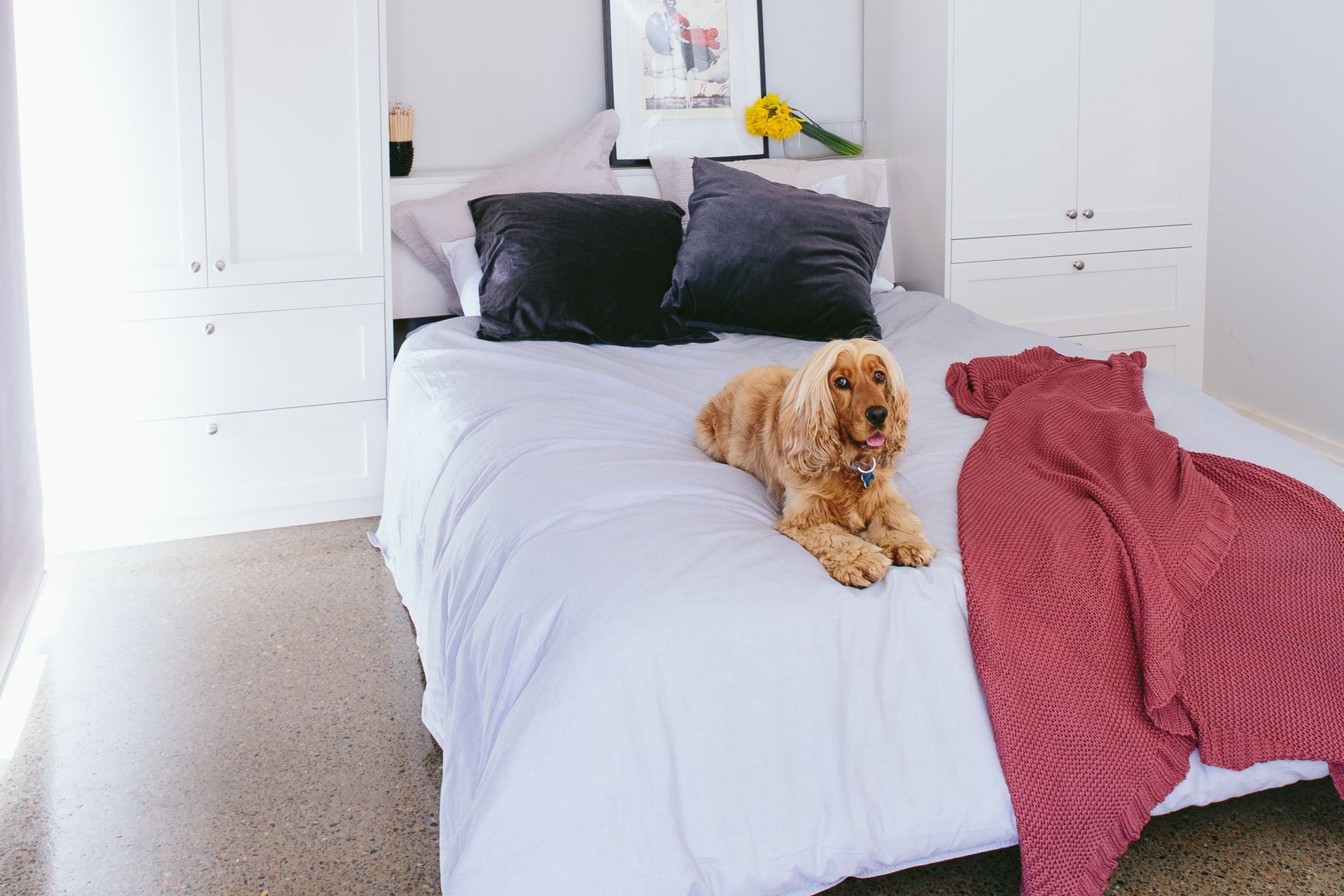
7. Satin sheets
Satin is a synthetic fibre made from polyester or rayon (wood pulp) to resemble silk in texture and feel. They are soft to the touch and their sheen gives them a luxurious aesthetic that can look elegant and sophisticated in the bedroom. It is also one of the more breathable synthetic options helping you stay relatively cool at night.
Because of their sheen, satin sheets are a little slippery which some find a little strange and unsettling as a surface to sleep on. They can also be a little costly as one of the more expensive synthetic options and are a bit more high-maintenance as they should ideally be hand-washed to retain their original condition.
Pros:
- Has a luxurious and sophisticated look
- Soft to touch
- Breathable for warm sleepers
Cons:
- Slippery surface isn’t for all
- Slightly more expensive than other synthetic options
- Should be ideally hand-washed
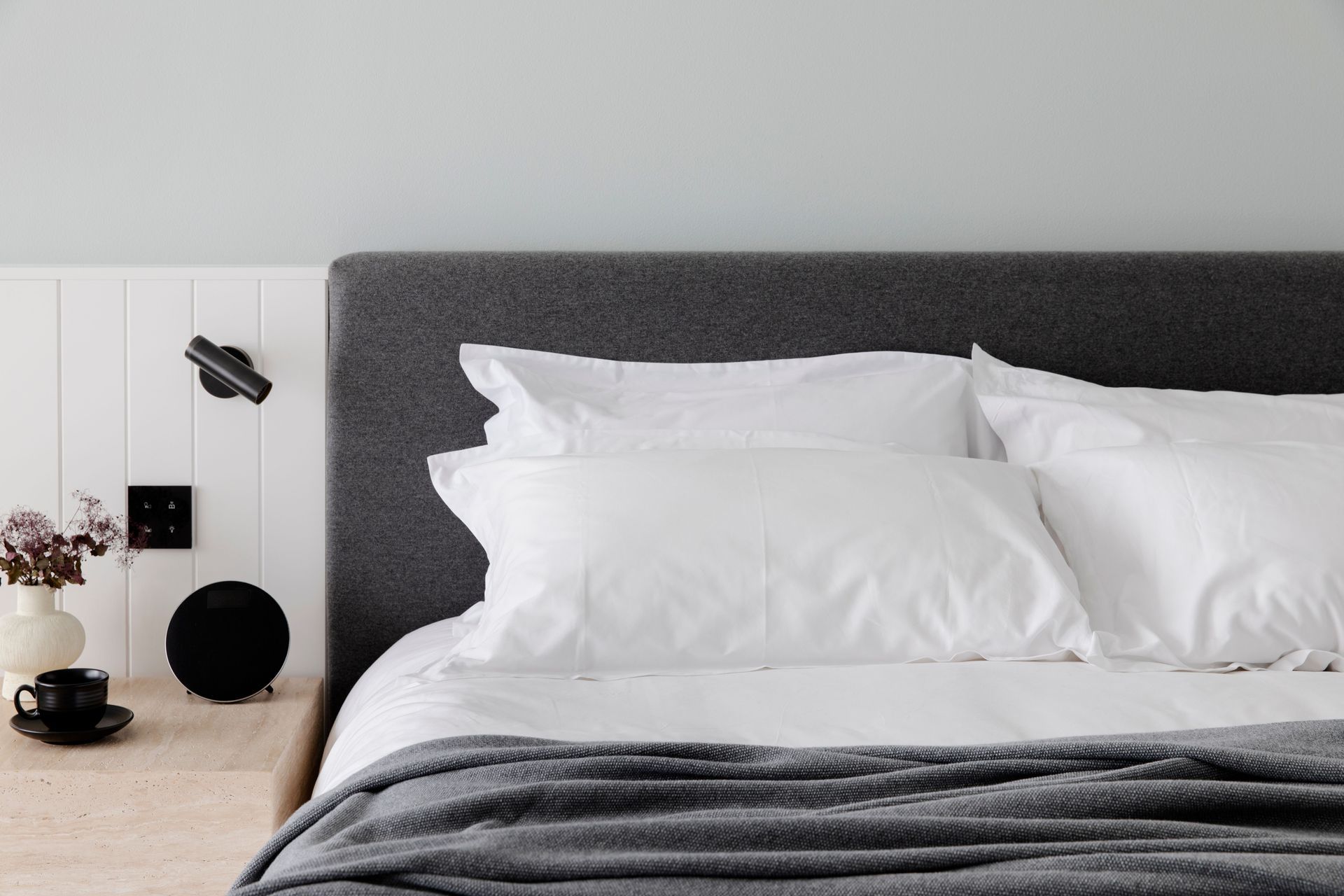
8. Silk sheets
ilk sheet sets are among the most luxurious bed sheets you can get on the market with many desirable qualities and traits. Firstly, silk is incredibly soft and very breathable, giving you a good night’s sleep that is hard to beat. It is also hypoallergenic and resistant to dust mites and mould making it great for allergy sufferers and those with related sensitivities. It has strong moisture-wicking traits keeping you dry at night and has a glossy look that will add elegance to any bedroom.
The main issue when it comes to silk sheets is their cost as they tend to be the most expensive of the options available. They are also a bit more delicate compared to alternatives so some degree of care is required in their use and upkeep. Like satin, their smooth feel won’t be to everyone’s liking.
Pros:
- Soft and luxurious
- Hypoallergenic and resistant to dust mites
- Elegant aesthetic
- Strong moisture-wicking qualities
Cons:
- More expensive than other types of bedsheets
- Higher degree of care required for their upkeep
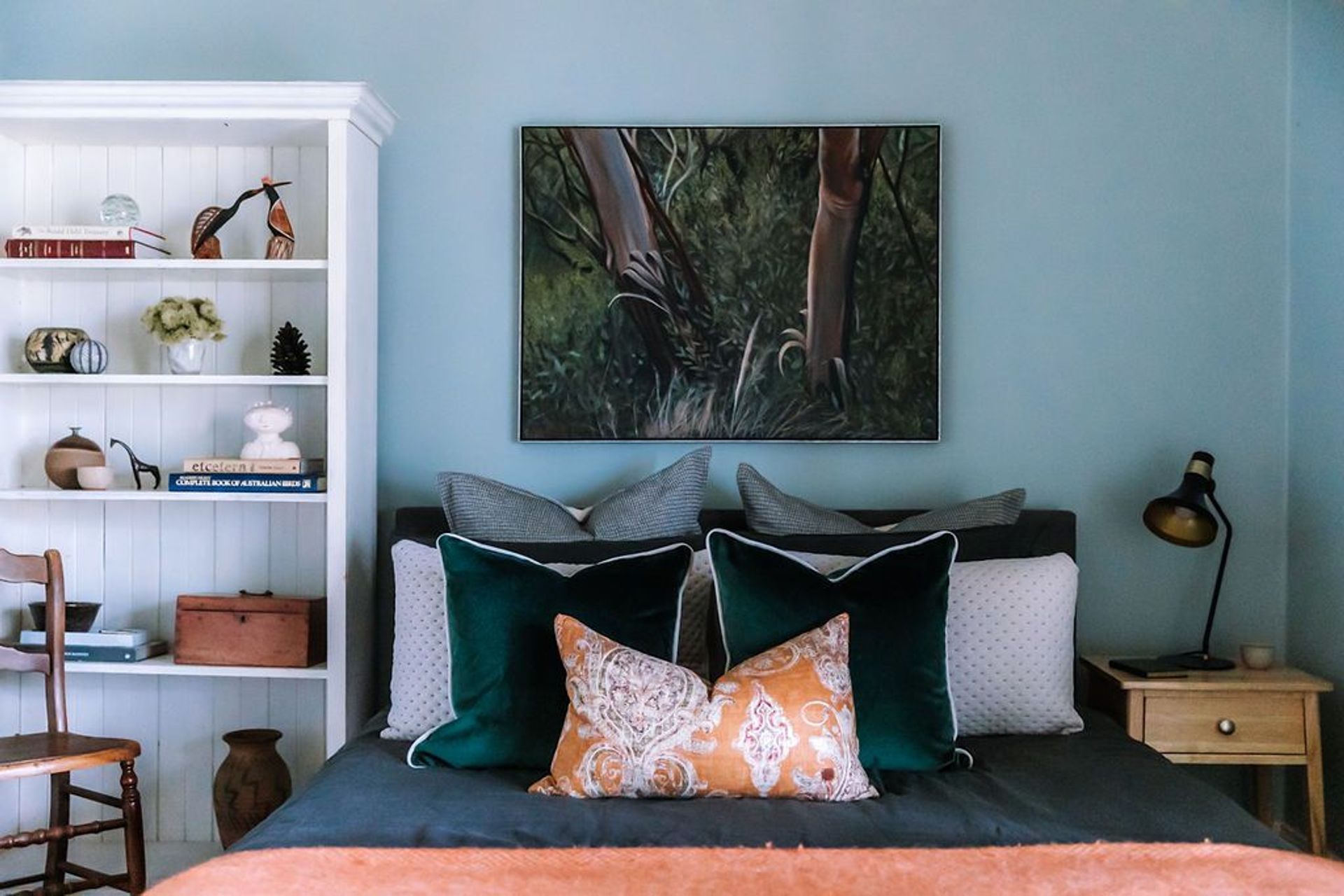
9. Tencel sheets
Tencel is a trademarked material made of Lyocell, an eco fabric made of wood pulp from fast-growing trees such as eucalyptus. Any waste created in the production of Tencel is repurposed in the closed-loop production process giving it excellent environmental credentials.
It is soft, breathable and hypoallergenic making for a great sleep environment. Many believe Tencel sheets present the best of both worlds as a type of bed sheet that is environmentally friendly material and comfortable with the practicality of synthetic material.
Tencel sheets aren’t quite as durable as some of the other options available and they are prone to wrinkles. They also aren’t as freely available and a bit more expensive as a result
Pros:
- Sustainable choice for environmentally conscious shoppers
- Smooth and soft to the touch
- Hypoallergenic and breathable
Cons:
- Harder to find
- A premium choice that can be more expensive than others
Related article: What are the true hallmarks of luxury bedding?

Choosing the right type of bed sheets for you
As you can see, there are many different types of bed sheets to choose from, each with its own unique traits and qualities. There’s no one option that will work for all so when choosing bed sheets it’s more about picking the most suitable choice for you based on how your body sleeps, what your preferences are in terms of feel and the look you want to achieve. If you can find something that fits these criteria, you’ll be picking the best sheets for you, setting yourself up for a great sleep experience that you’ll be able to enjoy each and every day.
Related article: Flat sheet vs fitted sheet: pros, cons and differences